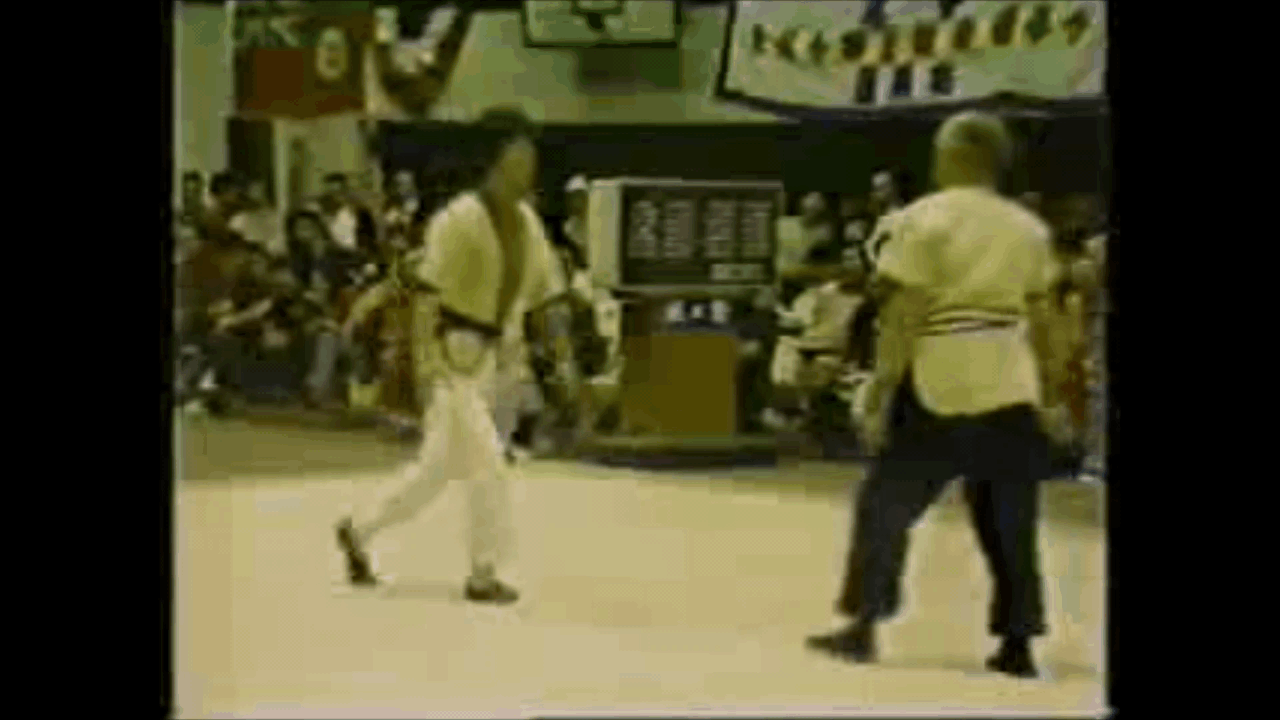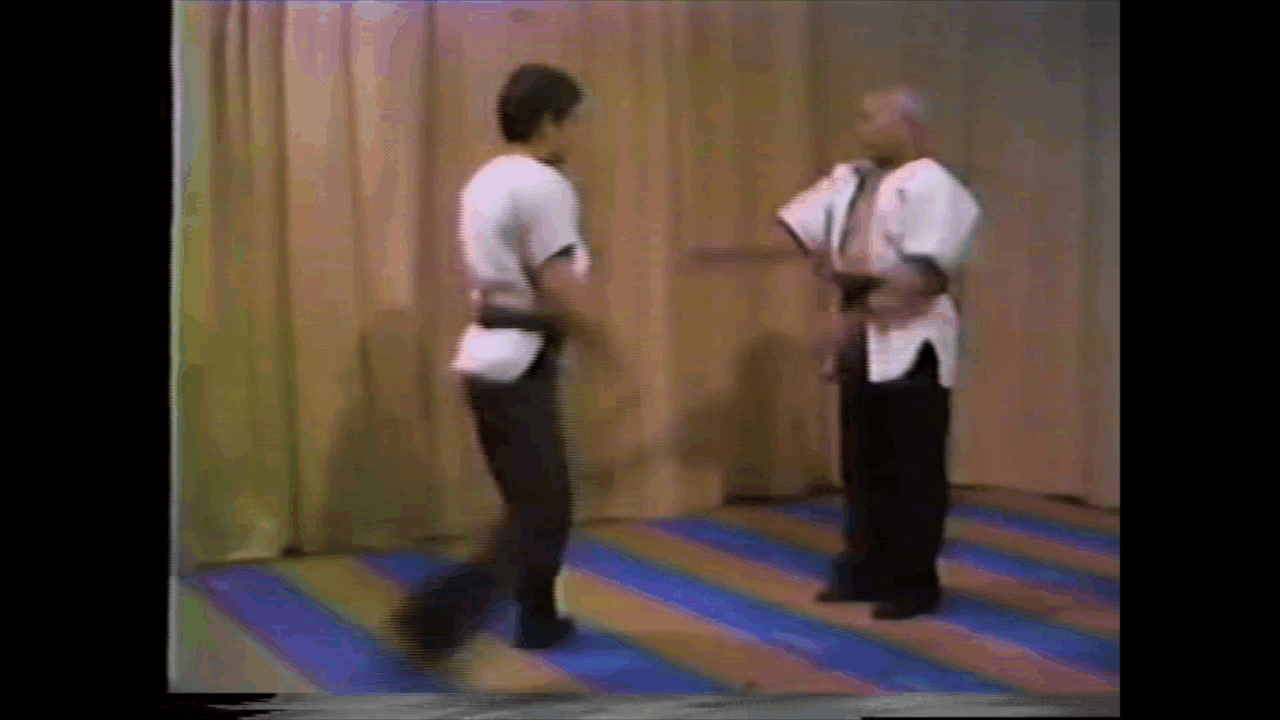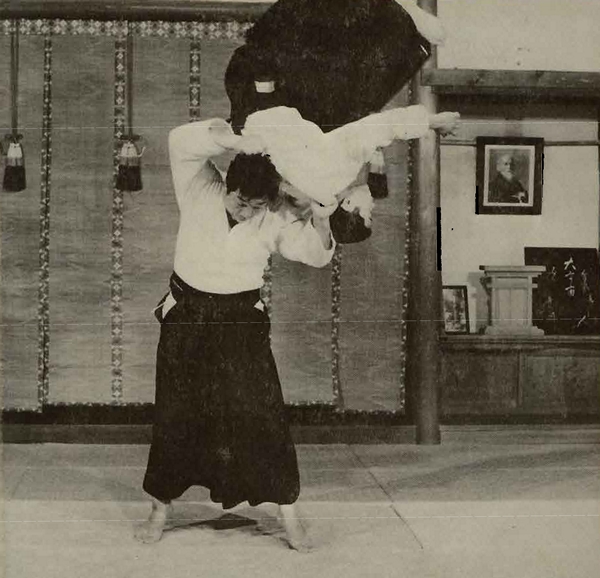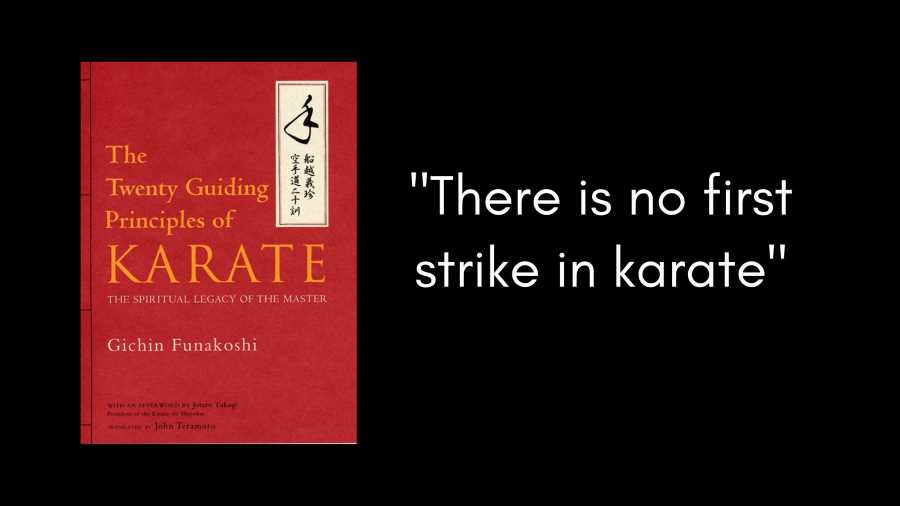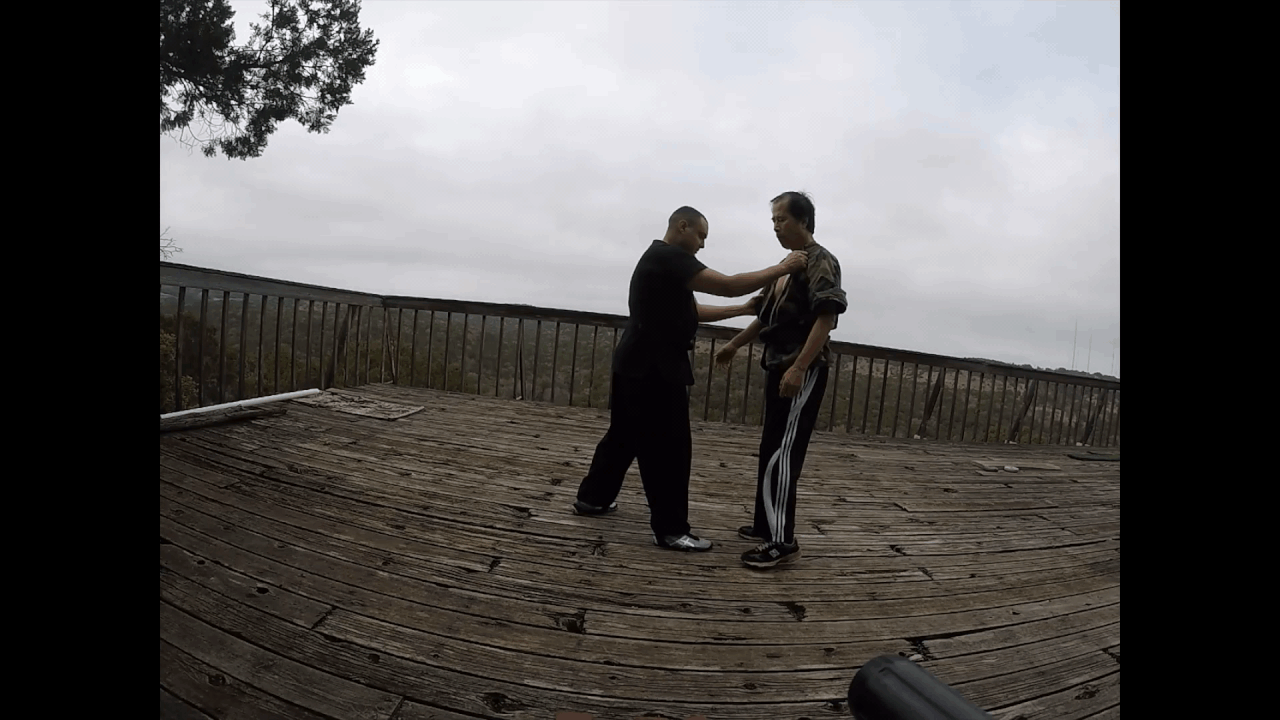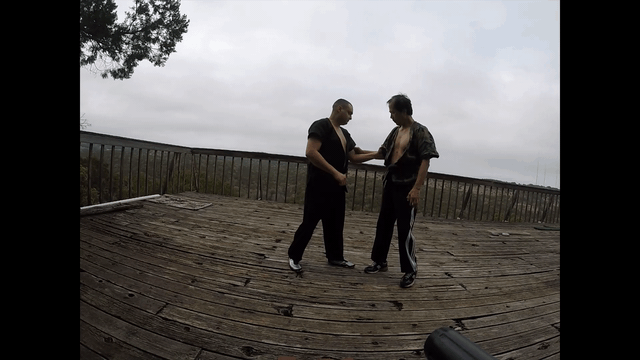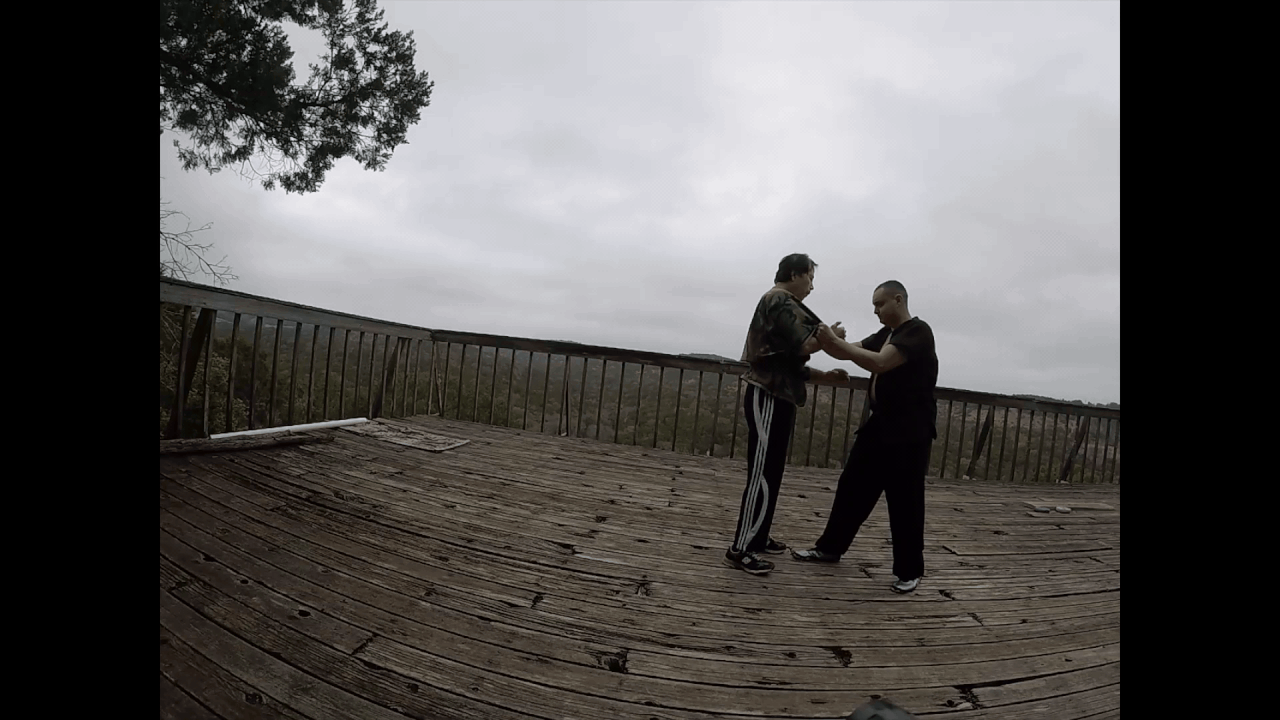- Joined
- Aug 3, 2015
- Messages
- 14,670
- Reaction score
- 6,334
is he pulling down on the elbow in this video. Pulling with his left hand using his waist to generate the energy for the pull? Looking at the video I can see what I was doing wrong when I tried it.

